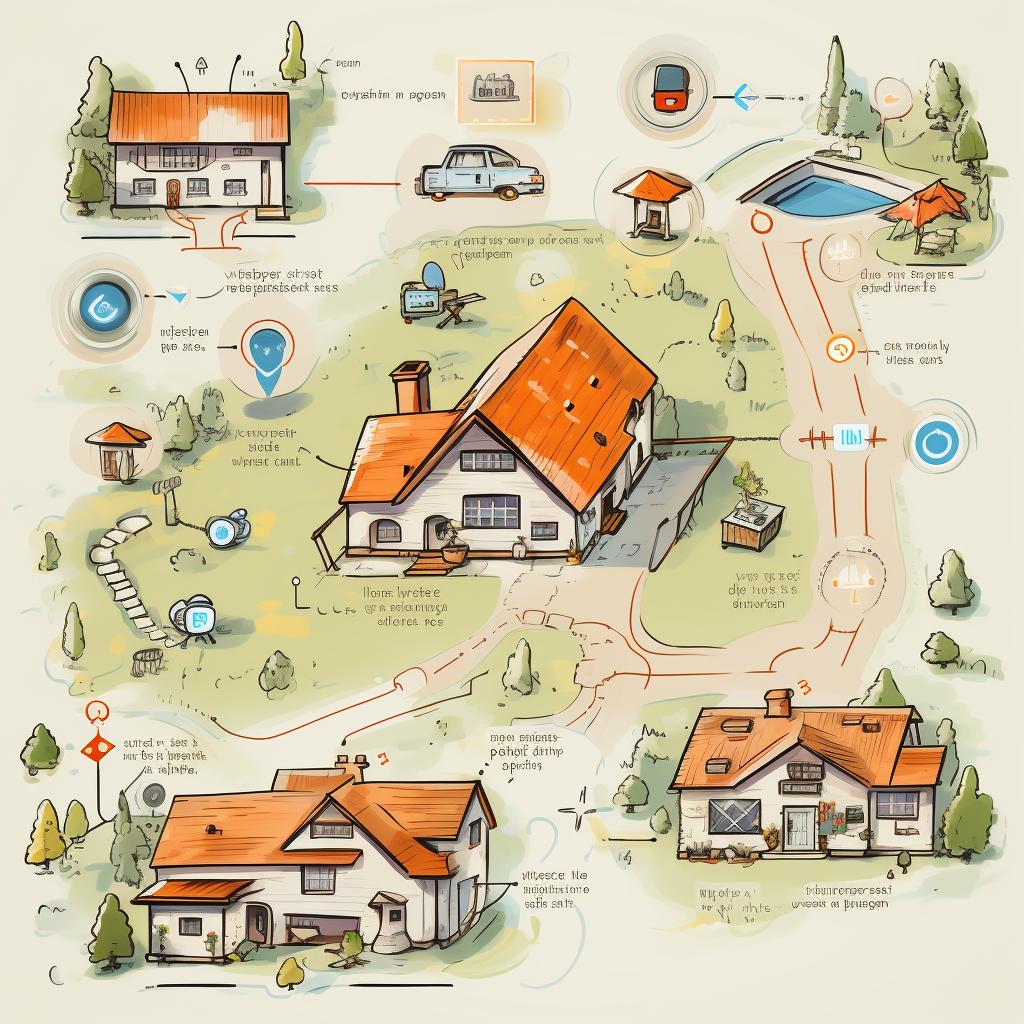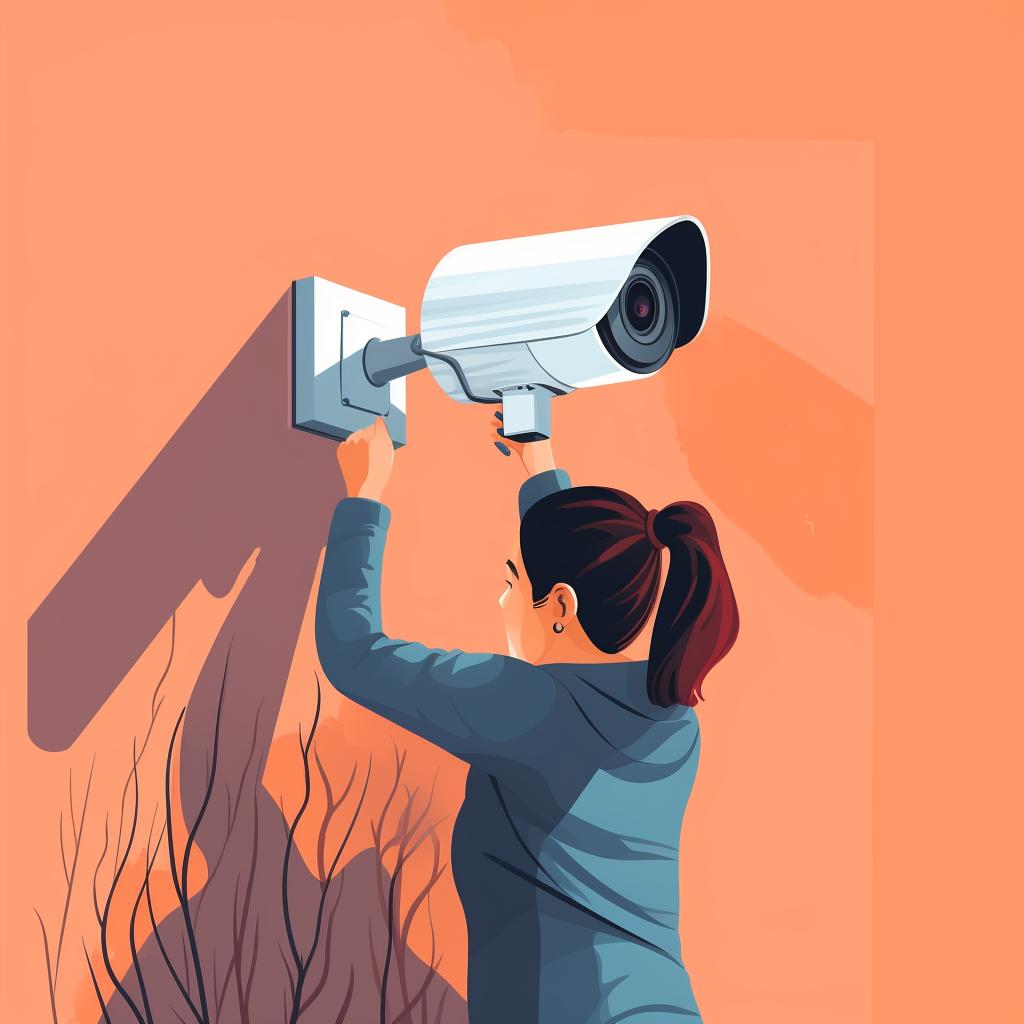🏠 Step-by-Step Guide to Setting Up a DIY Home Security System
Securing your home is no longer a luxury, but a necessity. With the rise in home invasions and burglaries, it's essential to take proactive steps to safeguard your home and loved ones. Fortunately, with the advent of DIY home security systems, you can now take control of your home's security. Our step-by-step guide above walks you through the process of setting up a DIY home security system. But, let's delve deeper into some aspects of home security you should consider.
Choosing the Right Equipment
When it comes to home security, one size does not fit all. The equipment you choose should be tailored to your home's unique layout and your specific security needs. For instance, if you have multiple entry points or large open spaces, you might need more sensors or cameras. Our guide on the best security system for your home can help you make an informed decision.
Installation Process
Installing your security system might seem daunting, but it's simpler than you think. Most DIY systems come with easy-to-follow instructions and can be set up with basic tools. If you need more guidance, check out our how-to guide on installing a wireless security system.
Cost Considerations
Home security doesn't have to break the bank. There are many affordable options available that offer robust security features. To explore budget-friendly options, read our guide on choosing the most affordable home security system.
Testing Your System
Once your system is set up, it's crucial to test it to ensure it's working correctly. This includes checking if the sensors and cameras are functioning and if the central hub is receiving signals from all devices. For more tips on setting up and using a home alarm system, check out our guide here.
In conclusion, setting up a DIY home security system is a worthwhile investment of time and resources. Not only does it provide peace of mind, but it also allows you to understand and control your home's security better. So, why wait? Start your journey towards a safer home today!














